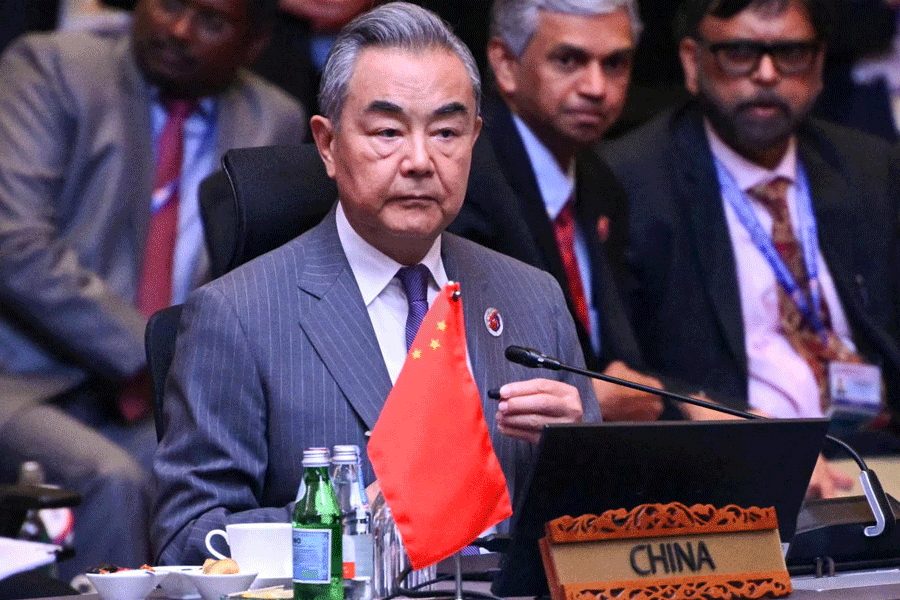The Chinese army has been using unmanned aerial vehicles (drones) at multiple buffer zones in eastern Ladakh to monitor the movements and patrolling patterns of Indian soldiers inside India-claimed territory, sources in the security establishment have told The Telegraph.
“The deployment of UAVs over the buffer zones by the Chinese army is a matter of great concern,” a security official attached to the Union home ministry said.
“This is a clear indication that they (the Chinese) don’t want to retreat any further and want to hold on to the (India-claimed) territory they have occupied (since May 2020),” he added, voicing a concern that military veterans have been airing for months.
The buffer zones are demilitarised slivers of land that were created when the two armies agreed to a partial disengagement, following the Chinese border transgressions of May 2020, by retreating equal distances each at several friction points. Both sides have given up patrolling rights over these buffer zones.
To counter China’s recent move, military sources said, the Indian army too was deploying its drones to keep a watch on Chinese troop movements.
“Satellite imagery too indicates that the Chinese are using their fleet of drones along the Line of Actual Control, besides undertaking massive infrastructure expansion and the construction of habitats for its troops,” a defence ministry official said.
However, officially, defence ministry officials declined to comment on the Chinese army’s use of drones over the buffer zones.
The creation of the buffer zones has left the Chinese still within India-claimed territory while India has given up rights to patrol more of its land, spawning allegations of “ceding more territory” to the Chinese.
Defence ministry officials had said the buffer zones were a temporary arrangement and that India had not “given up its right to those areas”. But the government hasn’t clarified how long the arrangement would continue.
Military veterans have long expressed fear that the Chinese plan to establish a “revised” status quo in eastern Ladakh.
Last year, an elected representative from the Ladakh Autonomous Hill Development Council had flagged how the creation of the buffer zones had blocked local people’s access to pastures for their livestock and hurt their livelihood.
The two sides had disengaged from the north and south banks of the Pangong Lake in February 2021, from Patrolling Point 17 in Gogra in August 2021, and from Patrolling Point 15 in Hot Springs in September 2022. Earlier, they had disengaged from the Galwan Valley in 2020 after a clash that killed 20 Indian soldiers and at least four Chinese troops.
The strategically important Depsang Plains remain the only transgression point where the Chinese have resisted all pressure for disengagement.











